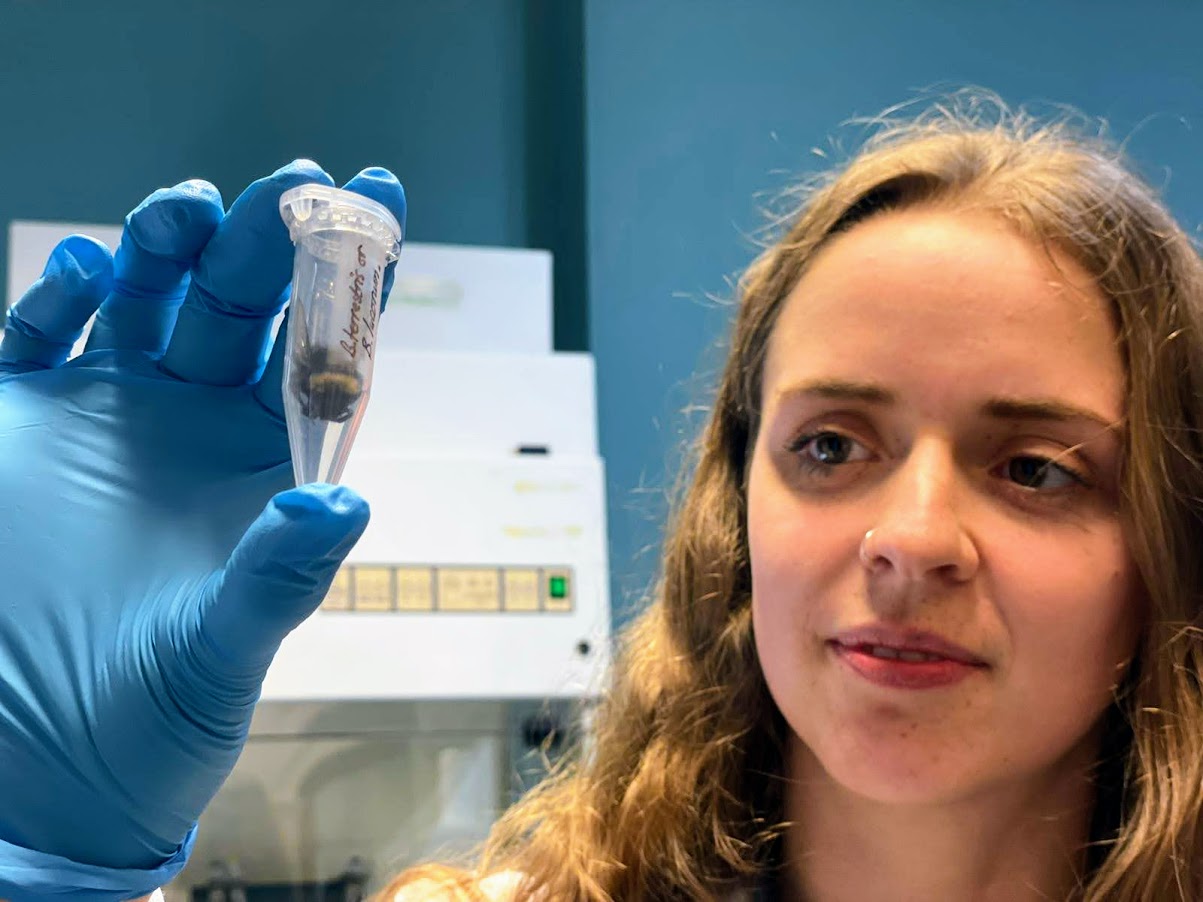DNA Sequencing Revolutionizes UK Scientists’ Efforts to Protect Bumblebees
SureScreen Scientifics, a UK-based science firm, is employing DNA technology to address the challenges faced by the declining bee population in the country. By utilizing DNA analysis, the company aims to unravel the mysteries surrounding bee behavior, potentially leading to the discovery of new bee species.
Located in Morley, SureScreen Scientifics is pioneering the commercial use of DNA analysis to identify individual species of bees, wasps, and hornets. Their approach involves analyzing carcasses, pupae, and other materials found in the nests of these insects. The devastating effects of farming, pollution, climate change, and habitat loss over the years have taken a toll on bees, including the beloved bumblebee, honeybees, and around 250 species of solitary bees that constitute the UK’s bee population.
Understanding the plight of bees largely depends on the ability of ecologists to locate and identify individual insects to monitor population dynamics. However, some bee species are challenging to identify, and in cases where no carcasses are available, identification becomes impossible. This is where DNA analysis becomes invaluable. It can be applied not only to the insects themselves but also to materials obtained from their nests, such as old pupae or larvae that failed to develop into mature bees.
The insights gained from DNA analysis extend to wasps and hornets as well, offering clues about the overall ecological health of the UK. Of particular concern is the Asian Hornet, an invasive species and voracious predator that could potentially devastate honeybee colonies if it becomes established in the UK.
SureScreen Scientifics has already used DNA and environmental DNA analysis to study other species, including Great Crested Newts, White-Clawed Crayfish, and bats. In a significant breakthrough, the company successfully identified two bee species, the Largeheaded Resin bee and the Orange-vented Mason Bee, from remnants of pupae found in a wooden block that had been used as a nest.
The process involves extracting a sample, such as a bee’s leg or a section of its pupae, which is then broken down using a pestle and mortar. The sample is subjected to a series of liquid solutions to release the DNA contained within it. Further processing removes impurities, leaving scientists with pure DNA. The DNA is then subjected to a polymerase chain reaction (PCR), a technique also employed in COVID testing. This amplifies the DNA present, allowing for genetic sequencing and resulting in a complete species-specific DNA sequence. The sequence is then cross-referenced with other bee DNA sequences stored in an international database to determine the species.
Chelsea Warner, a lab technician at SureScreen Scientifics and an avid bumblebee enthusiast, is leading the company’s efforts in insect DNA analysis. She believes that this technology will greatly enhance ecologists’ understanding of bee behavior, distribution, and survival in the wild. Furthermore, it may even lead to the discovery of new, previously unknown bee species.
Chelsea, who studied bees as part of her Masters degree in conservation biology at the University of Derby and volunteers with the Bumblebee Conservation Trust, explained that while many bee species can be identified by sight, others, such as blood bees, may not resemble typical bees. Additionally, certain bumblebees, like the cryptic white-tailed bumblebees and Northern white-tailed bumblebees, can easily be confused. DNA analysis provides an extremely reliable method of identification, eliminating the need for an actual bee specimen to confirm its presence in the wild.
The team at SureScreen Scientifics, the sister company of the double King’s Award-winning firm SureScreen Diagnostics, is currently occupied with the analysis of water samples sent in by ecologists seeking evidence of the presence of Great Crested Newts. Even the tiniest traces of DNA from their eggs or molecules of saliva, faeces, or skin can indicate their presence.
The firm is eager to receive more unidentified bee, wasp, or hornet carcasses, as well as other biological materials. Their goal is to shed further light on the populations and well-being of these essential pollinators.
Chelsea expressed her excitement about the opportunity to analyze more bee, wasp, and hornet samples. DNA analysis, she emphasized, is a powerful and thrilling technique. Her work with bees has deepened her appreciation for their significance. She views bees as not only cute but also as critical contributors to human well-being in a world that has gone astray.
By harnessing the potential of DNA technology to understand how humans can aid bees in reciprocally benefiting the environment, and possibly uncovering new species yet to be discovered, SureScreen Scientifics’ work could play a vital role in environmental preservation.
In addition to their contributions to bee conservation, SureScreen Scientifics offers materials consultancy and testing services to the manufacturing and automotive supply chain industries. Their Neo Vos brand provides at-home gut and nutritional health test kits, which are analyzed to provide personalized recommendations.

